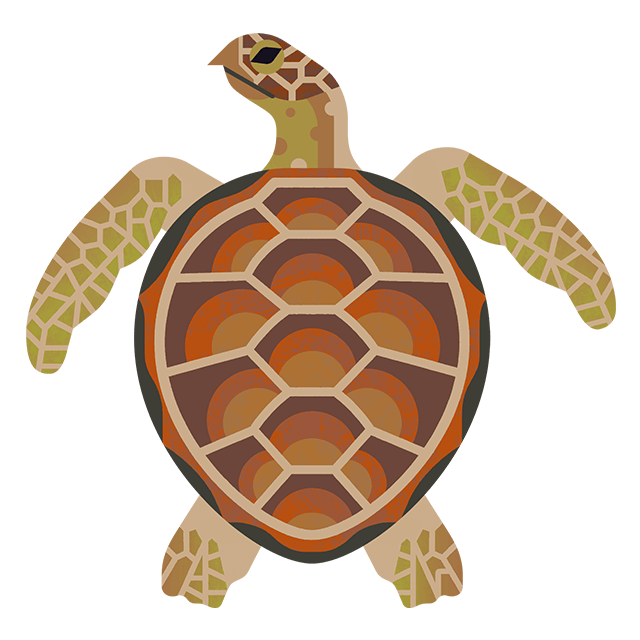
Conserving East Caicos wilderness area
East Caicos is the largest uninhabited island in the Caribbean. Together with our partners, we’re helping to secure the future of this biodiversity hotspot.
Biodiversity in East Caicos
East Caicos is approximately 47 square kilometres, low-lying and has a range of sea and land habitats that support a plethora of stunning wildlife. From some of the most intact coral reef systems in the Caribbean region, to carbon-capturing seagrass beds, mangroves, dry forests and wetland expanses, these fragile habitats are home to threatened biodiversity including sea turtles, sharks, rays and passing whales.
However, only 18% of the island is protected. As East Caicos is quite remote and difficult and expensive to get to, it has resulted in the majority of TCI’s population having never set foot on or experienced the island.
Looming threats to the area
The Turks and Caicos Islands’ main economy is tourism, and this industry has been rapidly growing over the last few decades, especially in the economic centre of Providenciales. This development has undoubtedly caused environmental damage, and it has provided little benefit to local communities.
The East Caicos wilderness area project
The Marine Conservation Society is currently working with project partners to develop a community-based management plan for East Caicos. The project, led by the Royal Society for the Protection of Birds (RSPB) and the Turks and Caicos National Trust, is using a combination of biological research, social science and community engagement to develop a plan that seeks to safeguard the island while also ensuring community values and needs are reflected in the vision for the future of the island.

Dodly Prosper Community Mapping Exercise
Our Community Voice Method has involved extensive engagement with people around the TCI so we can listen to and take account of their views, values, experiences and local knowledge regarding East Caicos and its future. Together with our local partners, we'll consider all this information to develop a management plan for East Caicos that places local communities at the heart of its conservation.
Keep informed
For the latest updates on the project, keep an eye on our news channel.
This project is funded by the UK Government’s Darwin Plus scheme, which helps deliver long-term strategic outcomes for the unique biodiversity, the natural environment and improving resilience to climate change within the UK Overseas Territories.











